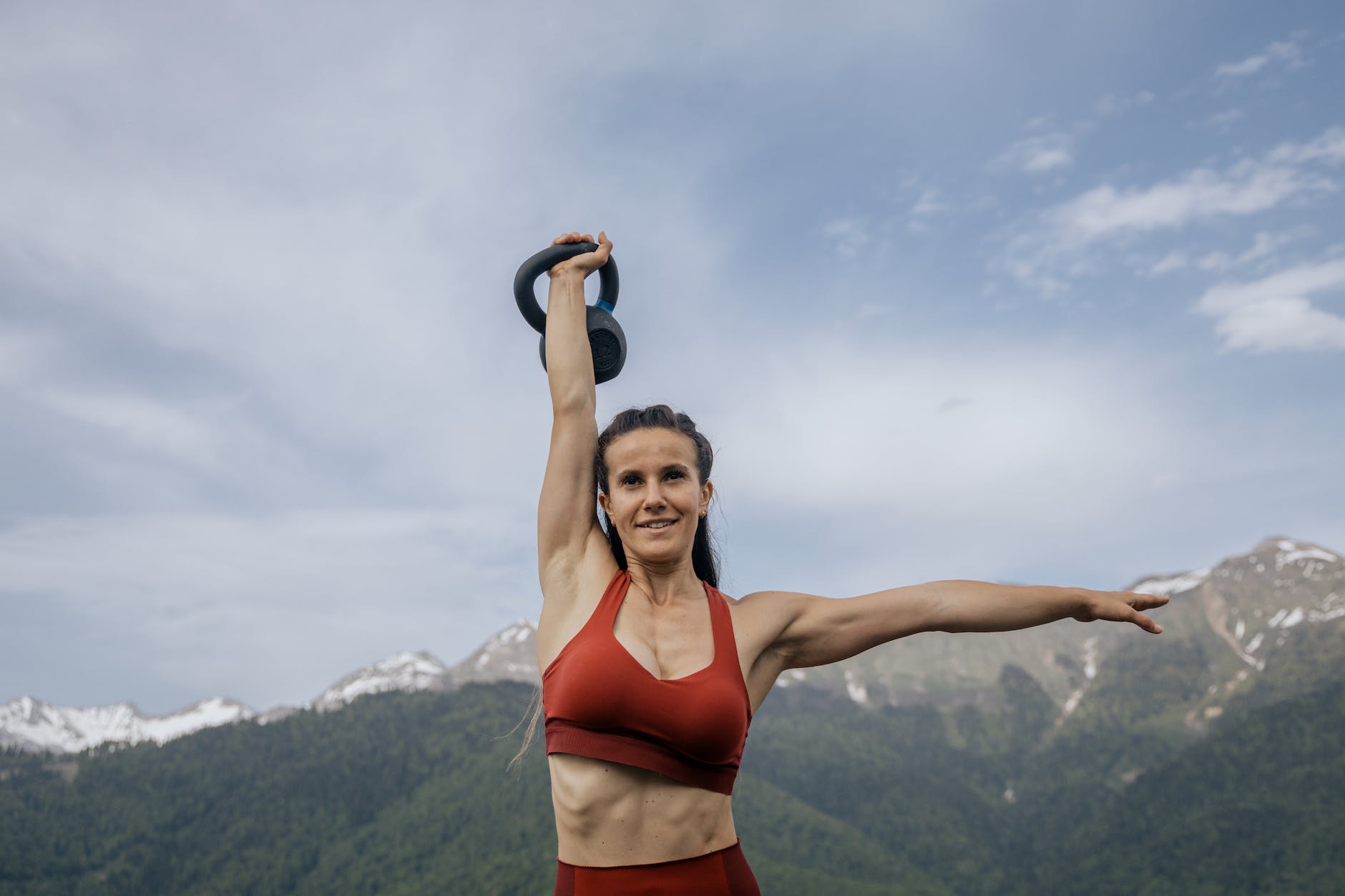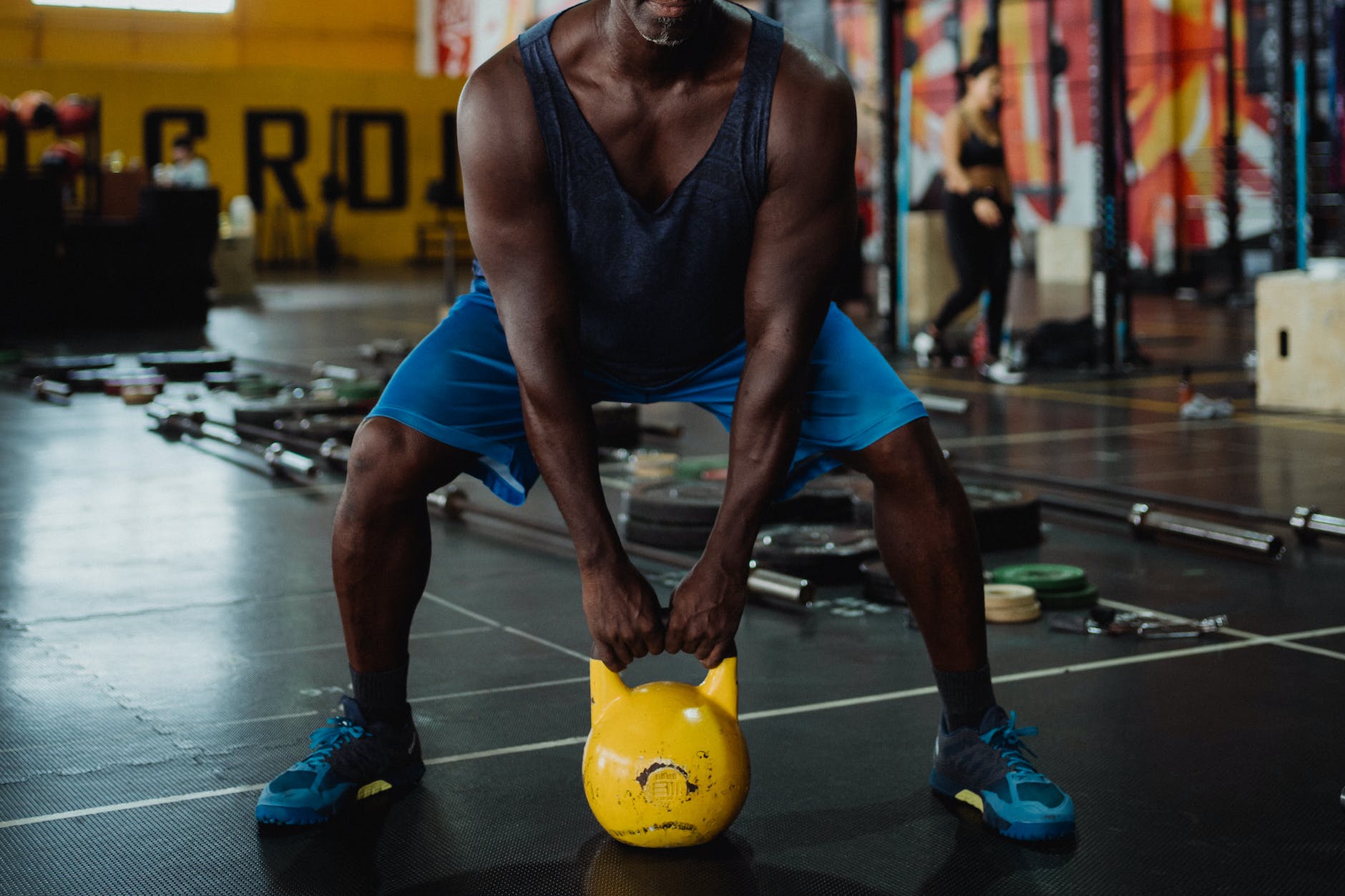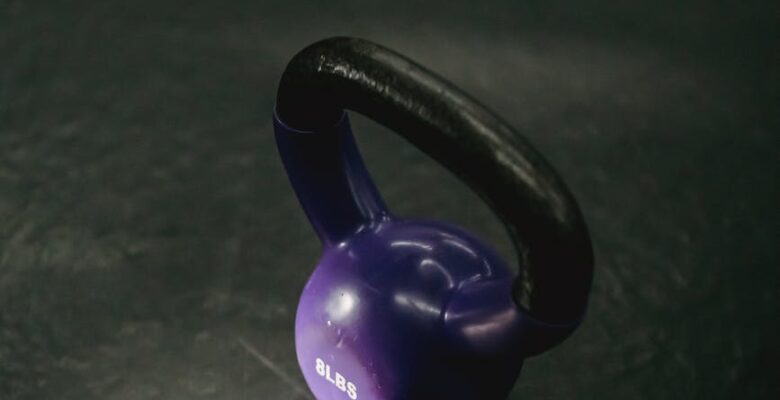Check out some of these most challenging movements for strength exercises picked by trainers. They even dread doing these movements.
No matter how much of a gym goer you are, there are some moves you despise.
Consider squat variations that engage lower-body muscles you didn’t even know you had, triceps routines that make your arms feel as if they’re about to fall off, and sprint drills that make you feel as if you’re going to pass out. And no one understands this feeling more than the ones yelling at you to do one more rep.
Prisoner Get-Ups
This exercise engages your entire core while also activating the complete chain of muscles in your back, particularly your lower back. All while practicing your balance and agility.
- Lie faceup with your hands behind your head, your elbows fanned out, and your knees touching the floor with your feet crossed (as if you were sitting crossed-legged).
- Using your lower abs, push your torso forward until your feet ‘ heels are close to your buttocks.
- Keeping hands behind the head, hinge at the hips to get off the floor and stand up straight in one fast move, utilizing only the legs. (Do you need to change anything? Place your hands on the ground to help you lift off the floor.)
The Body Saw
This is an excellent motion for targeting all of your chest muscles, as well as your shoulders, depending on your position. Begin with your feet in a TRX or on workout sliders (or even over a foam roller!), then proceed to a stability ball to make one of challenging movements for strength training.
- Begin in a forearm plank, with your feet in TRX straps or exercise sliders and your elbows beneath your shoulders.
- Engage your core and, while maintaining your forearms totally motionless, begin to shift your hips backward while moving your shoulders away from your wrists.
- Keep a straight line from your ears to your ankles by keeping your elbows in front of your torso.
- Saw back as far as you feel comfortable, but not so far that your low back begins to hurt. Return to the starting point.

Dumbell Thrusters
This is a fantastic explosive action that incorporates core stabilization throughout to test your entire body. It improves shoulder and hip flexibility, increases blood flow, and builds strength.
- Begin a biceps curl with a pair of dumbbells (elbows bent, weights in front of face). Squat all the way down.
- When rising from a squat, press dumbbells overhead such that the body stands tall at the peak of the movement, arms fully extended over shoulders, squeezing quadriceps, glutes, and abs.
- Return to a full squat while simultaneously lowering the dumbbells, such that the dumbbells are back to their starting position at the bottom of the squat.
Dumbbell Lateral Lunge
Because of its dynamic nature, engagement of the strong muscles (your glutes, core, and entire leg), and challenge to stability with their asymmetrical demands, lunges are often serious business. Changing the orientation of that lunge to the side activates the other muscles in your glutes more than a standard squat or forward lunge would, which helps to enhance hip mobility and stability. (Would you like to make it more difficult? Add a dumbbell to this mostly lower-body exercise to turn it into one of challenging movements for strength training)
- Stand tall, then step to the right with your right foot, toes forward, and feet flat.
- Squat through the right hip, maintaining the left leg straight. Squat low and hold for two counts.
- Return to the starting position. Repeat on the other side.
Pistol Squat Get-Ups
This exercise primarily works your quadriceps, but it also works your core and almost every other lower-body muscle, including your glutes, hamstrings, and calves. (To be honest, perfecting the pistol squat should be your next fitness objective.)
- Maintain balance on your left leg. Hold your right leg out in front of you, with the heel barely off the floor.
- Begin lowering into a squat with leg power and balance, keeping the right heel just above the floor the entire time. To help with balance, keep your hands out in front of you.
- Squat until the hamstring hits the calf, then lower the buttocks to the floor.
- Lie flat on your back with your left knee bent and your right leg straight. Hinge forward with some momentum, pushing up back into the pistol squat with your hands, then return to standing.
- Repeat on the other side.
Lateral Step-Ups with a Medicine Ball
The main advantage of this dynamic, heart-pumping step-up variation is that it is performed in a natural movement pattern, which helps you prevent injuries in everyday life. The constant jumping up and down engages a variety of lower body muscles, including the quadriceps, hamstrings, calves, glutes, abs, and lower back muscles, as well as the biceps, by holding a medicine ball or hand weights. Want to make things more difficult? Raise the step’s height or the weight you’re carrying.
- Hold a medicine ball or hand weights near your chest while standing parallel to and on the right side of a bench. Lean forward slightly and lift your left leg onto the bench.
- Raise the right leg to meet the left, then instantly lower the left leg to the floor on the other side of the bench. Extend the landing leg as far as possible from the bench to experience quad and glute activation.
- Keep your right leg on the bench, bring your left leg up to meet it. The right leg is now on the floor, but the left is still on the bench.

One Arm Kettlebell Press is one of the challenging movements for strength training for your shoulder
This technique fully engages your hips, torso, and shoulders. It combines core stability with shoulder mobility by working across the entire range of motion of these muscles. When done correctly, you’ll feel this almost as much in your chest as in your shoulder, providing an excellent supplemental abs workout. It is quite simple to advance or regress by simply changing the weight. (If you don’t have kettlebells, use a dumbbell instead.)
- Stand with your feet about 8-12 inches apart and a kettlebell in front of your left foot on the floor.
- Push your hips back and grab the kettlebell with your left hand, palm facing the torso. Keep your buttocks down and your arms completely stretched.
- Keeping your core tight, drive through your heels to lift the kettlebell while standing tall. Extend ankles, knees, and hips explosively once the weight has passed the knees.
- As the kettlebell rises, shrug shoulders and lift the weight as close to the body as feasible. Bring the kettlebell to your left shoulder, with your left elbow pointing squarely at the floor, and rotate your wrist such that the palm faces inward. This is clean with a kettlebell.
- Turn your gaze to the kettlebell and press it up until it is locked out overhead, turning your arm so your wrist is facing away from your body. Maintain an erect posture while pushing the kettlebell overhead, limiting any rearward extension of the torso.
- Controllably lower the kettlebell back to the shoulder and repeat.
Lunge Jump – Standing Lunge Hold (one of the challenging movements for strength training)
Does a lunge jump combined with a standing Lunge Hold Firm? Yes! Effective? Yes, indeed! This lower-body combo will get your glutes blazing and your lower body working.
- Take a split stance with your hands down, your torso erect, and your back knee bent to 90 degrees. Maintain front knee alignment with the front heel.
- Push off with your front foot, lifting your lower body off the ground. Change the location of your feet while in mid-air. Allow the rear knee to bend while landing softly with the opposing foot now the front.
- Land softly in a split stance after 20 reps. Lower hips by bending back knee to a 90-degree angle while keeping hands on hips and body upright.
- Maintain front knee alignment with a front heel, allowing the majority of your weight to drop via the forward heel of your foot.
- Hold the stance for 30 seconds before switching legs and repeating the lunge. Finish with another round of lunge jumps.
Deadlift
Deadlifts have the potential to be a one of challenging movements for strength training, which means they can also produce the best results. This is an action that occurs in everyday life (for example, scooping up your children), but it also serves to develop muscle density and strength.

- Begin by standing with your feet about 8- 12 inches apart, then hinge at the hips and lower your torso toward the ground, clutching the barbell in front of your shins.
- Push your heels into the ground while thrusting your hips forward. To avoid lower back pain, keep your back flat and your core taut.
- Pause for a couple of seconds at the top before lowering the barbell to the ground and repeating.
To Conclude on challenging movements for strengh training
Trainers understand better than anyone that perseverance will be rewarded in the end.
The above list of exercises offered by fitness professionals includes routines that even they despise — and while this is a list of genuinely challenging movements for strength training, it is also a list of exercises that promise serious results.
So grit your teeth and go into these nine moves that will put even the fittest of the fit to the test.
